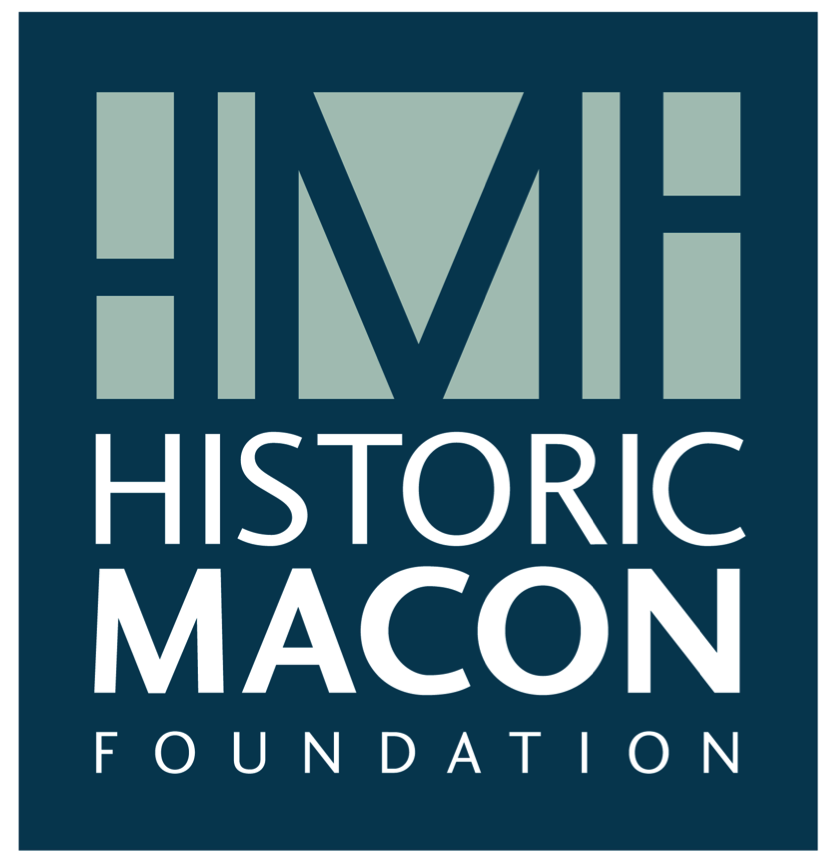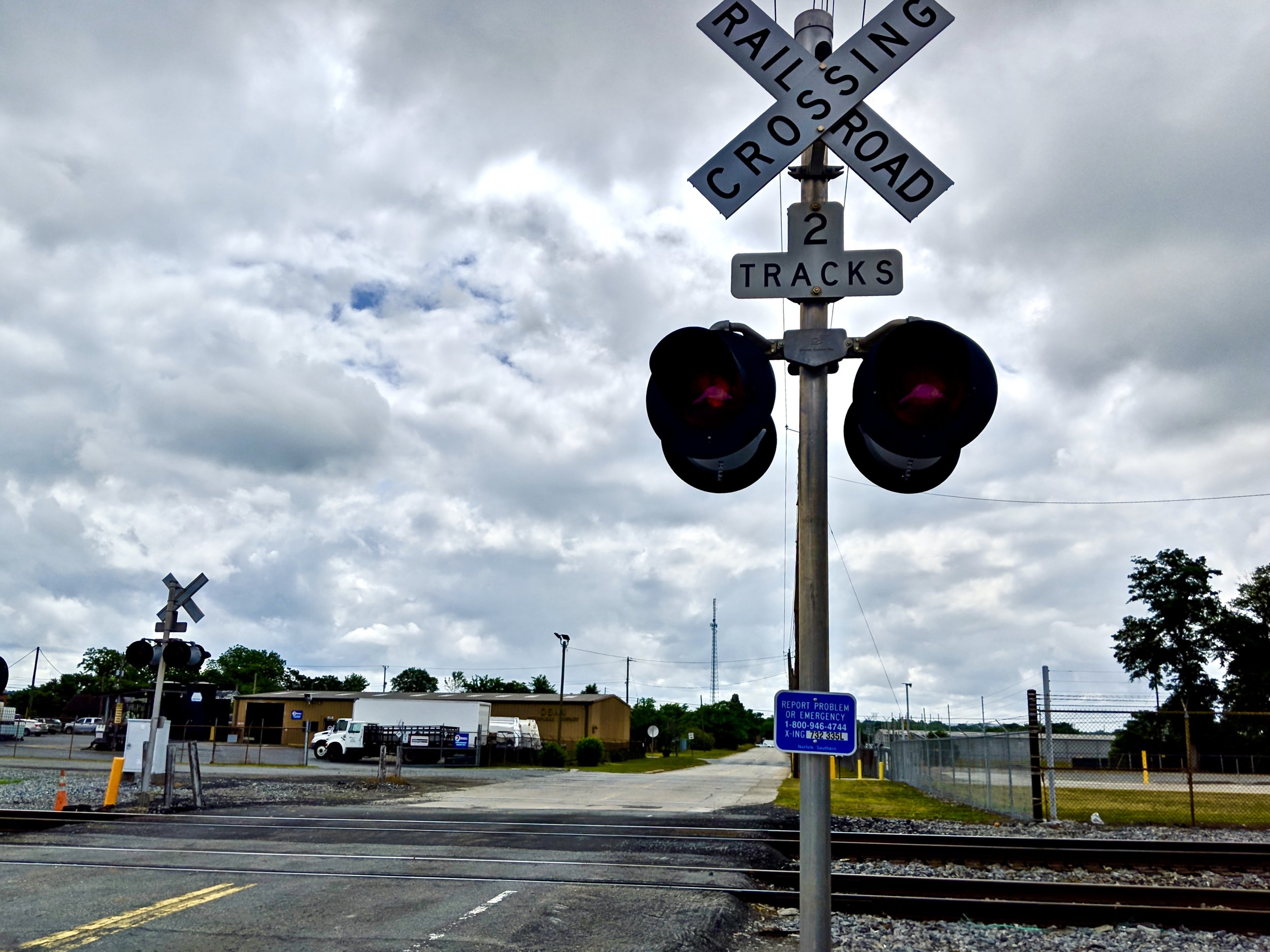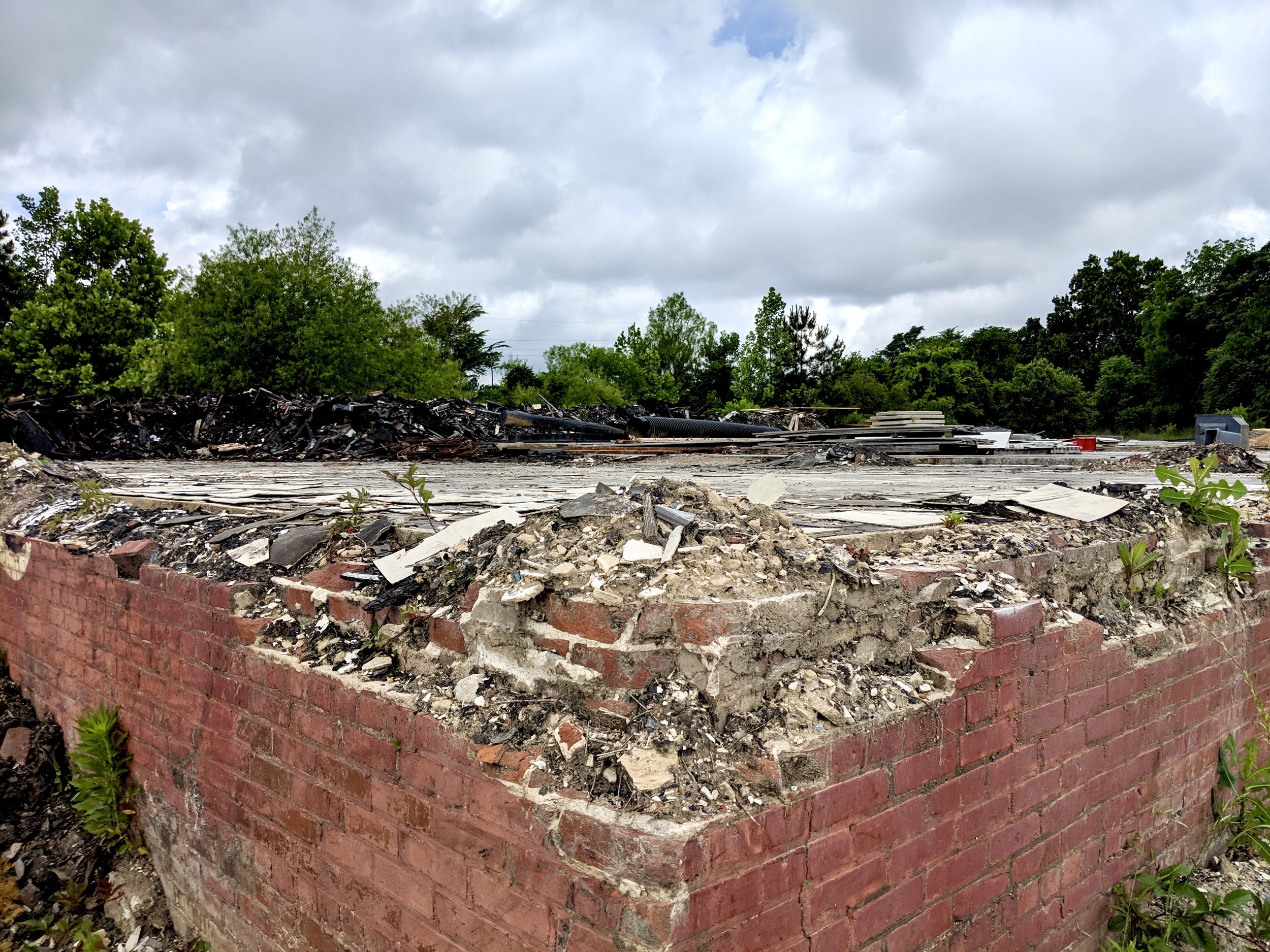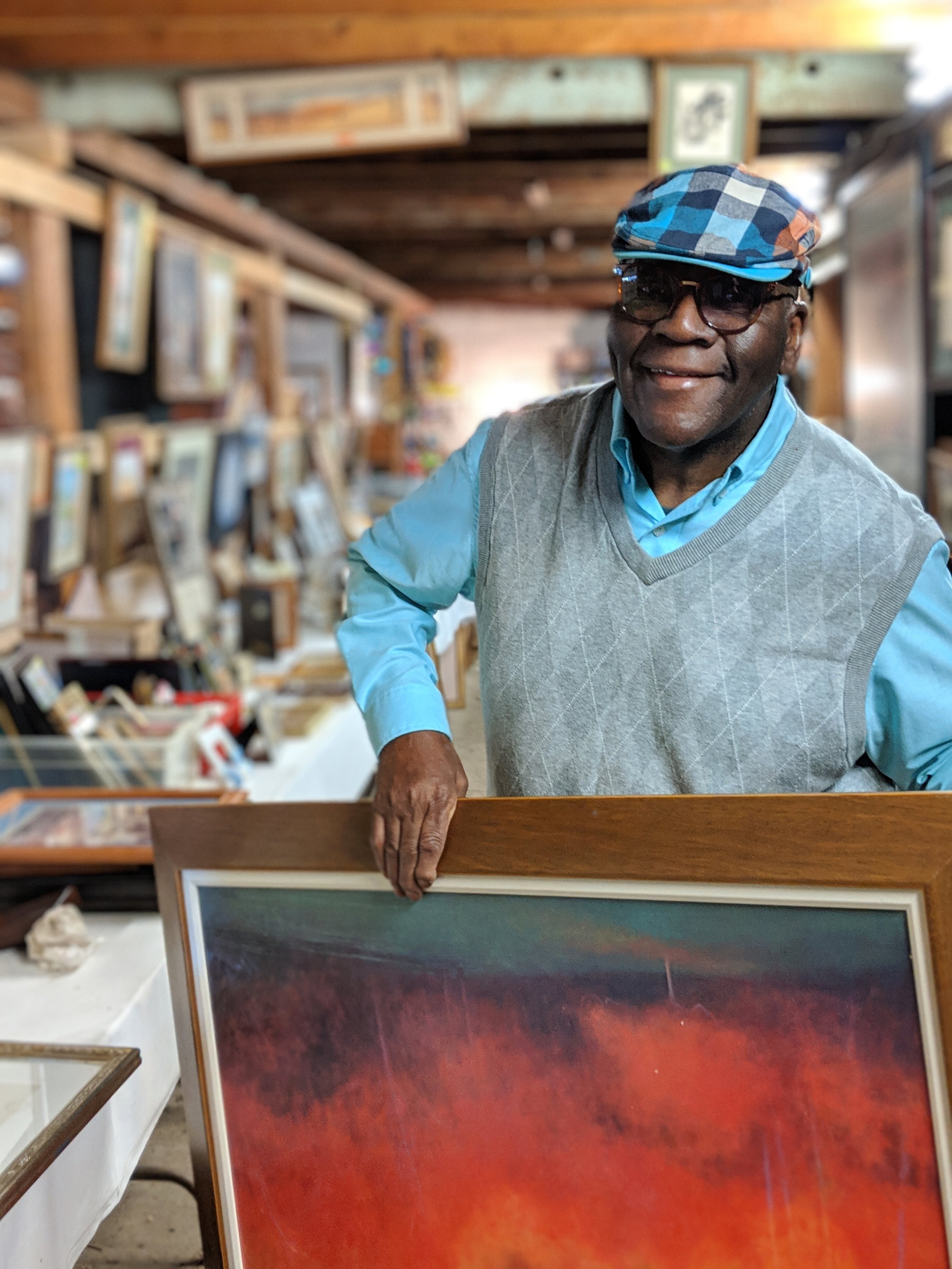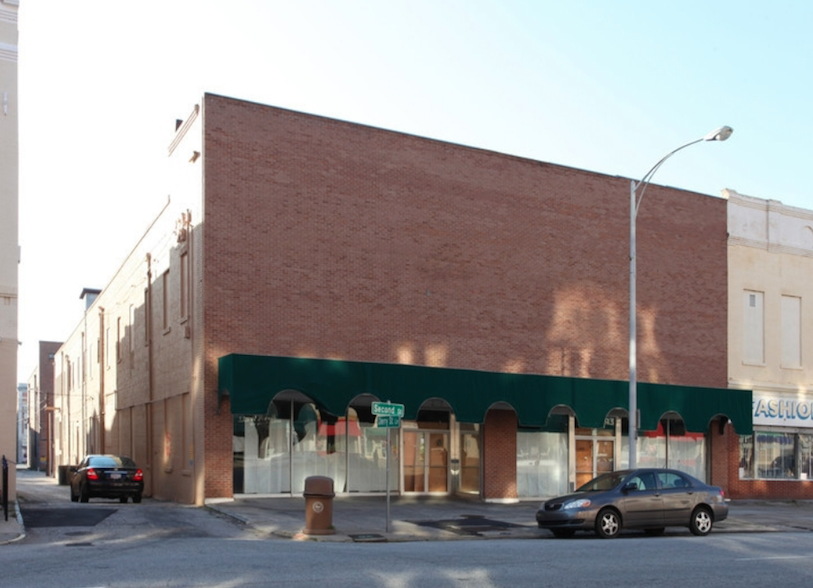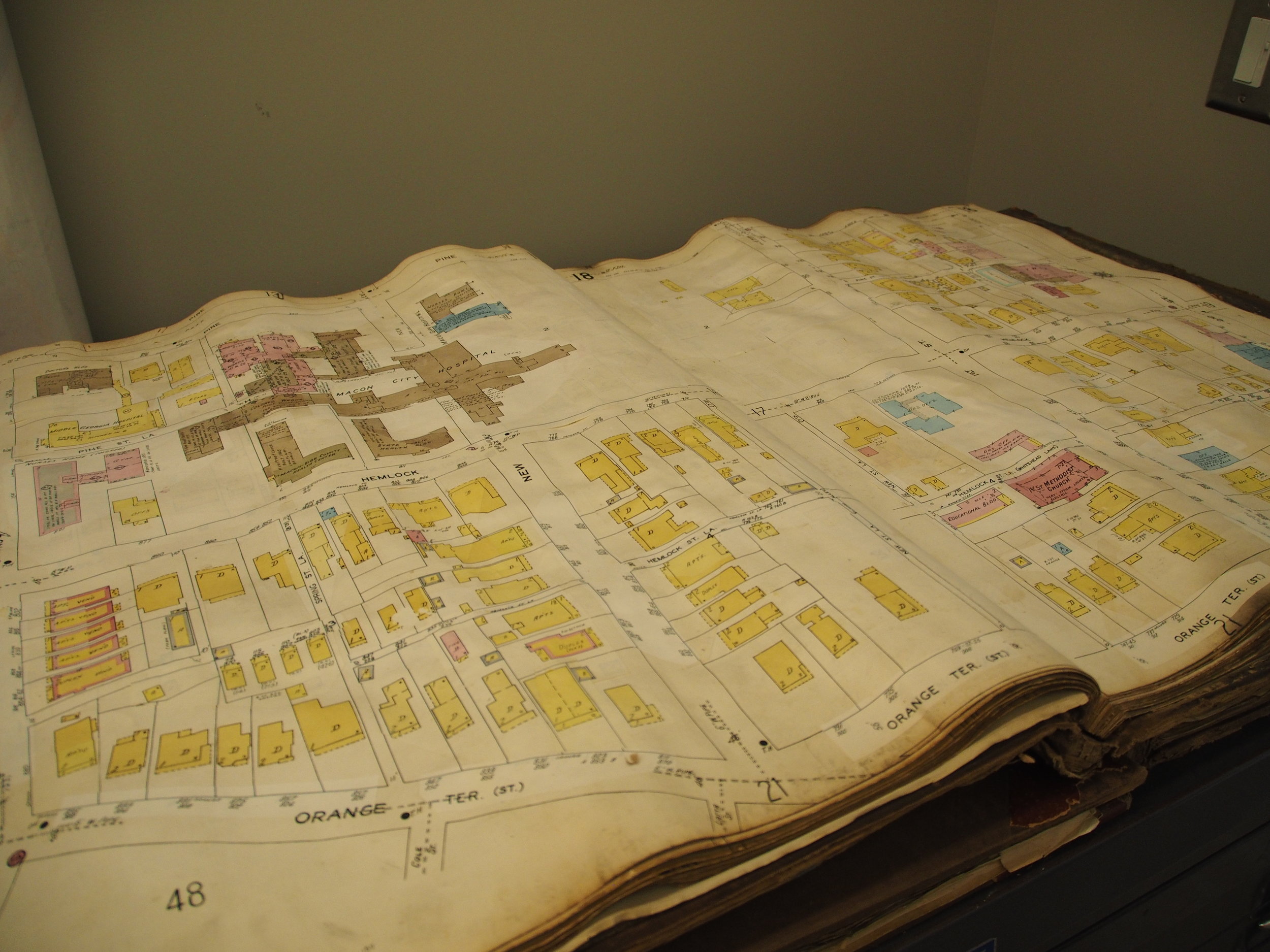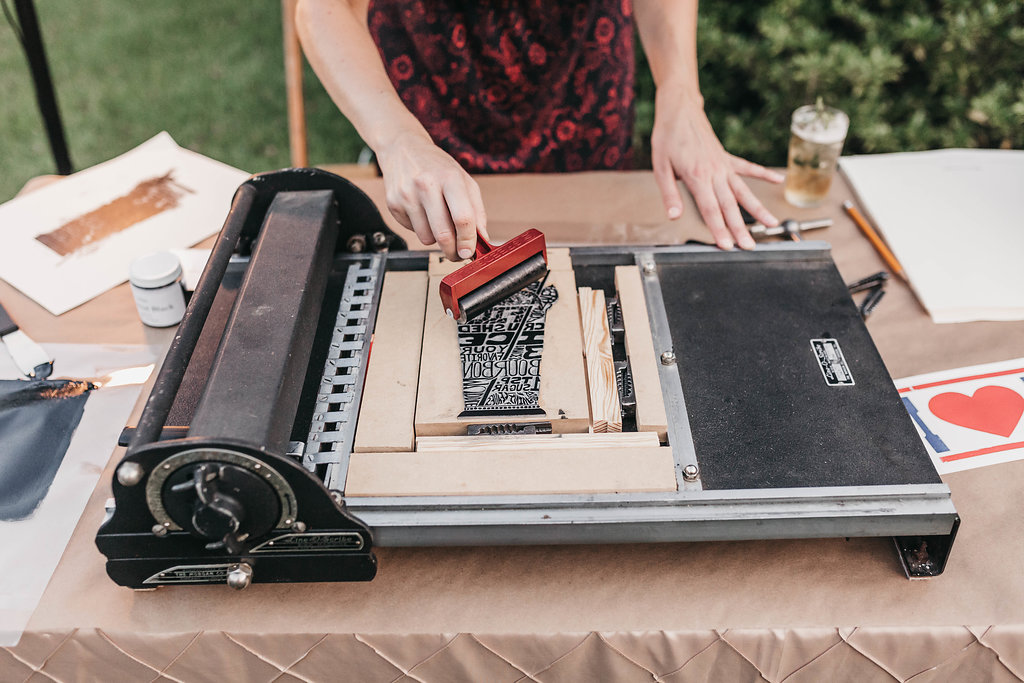Gone are the days when Alexander IV Elementary School was steeped in the smell of fresh bread baking during lunchtime. The sound of the spring carnival rides no longer echo out on the lawn, but the humming of construction sets a new tone upon the rhythm of the retired schoolhouse. Though the experiences that occurred in Alex IV’s hallowed halls are now tinged with nostalgia, the building is undergoing a rebirth of its own.
As someone who was born in Macon in 1998 and was raised in the same house as my father on Alexandria Drive, Alex IV has always seem faded to me. Nestled within Ridge Avenue, Alex IV has remained a figment of family folklore and a tangible relic of my families past. Throughout my life, I have driven down Ridge Avenue as a path to Ingleside Village Pizza, to trick-or-treat on Halloween or to gawk at the craftsman era homes planted there. Alex IV has served as a backdrop, never a destination.
The only exception is when my father took me and my brother, Hilton, to proudly show off his former elementary school. As I looked upon the barren backfield of the school while my father recalled his fond memories, I envisioned the clamor of children at recess in the now vacant spot. To my father, two uncles and my aunt, Alex IV is not faded but alive within their memory.
“Whenever I go past it, good memories come up,” said my father, Cary Beck, who attended Alex IV from 1960-1967.
Cary Beck and his class, photographed in 1964 (left) and his registration card (right) for that year.
Alexander IV Elementary School was built in 1932 as the fourth school provided by the Elam Alexander fund. During the first reincarnation of the building in 1948, a lunchroom, additional classrooms and more storage space were included. As the school closed its doors and the dust began to settle, the Historic Macon Foundation adopted the building into it’s Fading Five list in 2015.
Now in 2019, Dover Signature Properties has been working to convert the building into a senior living center for the last two years. According to Rick Dover, the General Manager of Dover Signature Properties, the project is intended to be completed in the spring of next year.
“We hope to help Alex IV write the next chapter in her story, and preserve and repurpose the building for the public to enjoy while being faithful stewards of her preservation,” said Dover.
Rick Dover photographed in 2017 by Woody Marshall for the Macon Telegraph.
Dover said that his team is excited to restore Alex IV because of how well designed and constructed the building is. Besides the impressive structure, Dover acknowledges that Alex IV is the bearer of “exceptional stories that are so very important to tell and preserve.”
“We are most definitely restoring the original structure!” said Dover. “Our investment of nearly $12,000,000 will be a nice boost to the surrounding area.”
The namesake of the school, Elam Alexander, has placed more than one mark on his adopted town. Though born in Iredell County, North Carolina in 1796, Alexander planted roots in Macon during 1826. As a firm believer in quality, free education for the Macon community, his educational fund is responsible for three ornate school buildings named after him in Bibb county.
His school buildings are not the only Macon structures that act as pillars of his legacy. Alexander built the Bibb County Courthouse (1829), the Woodruff House on Bond Street (1836), the first building of the Georgia Female College at Wesleyan (1839), the Holt-Peeler House on Georgia Ave (1840) and the Raines-Miller-Carmichael House on Georgia Ave (1848). These buildings act as markers to trace his impact within our community.
To my family, the impact of Alexander’s educational fund still reverberates today. My lovely grandmother, Mary Ettien Beck, spent a majority of her days transporting her four children from our family home off Rivioli to Alex IV. My father, Cary Beck, was the first of the four children to attend the school. Then along came Steve, Kyle and Lauren in his footsteps into the large glass doors mounting the front of the Alpine Mountain Village-esque schoolhouse.
With Alex IV as the backdrop, the memory of the day President John F. Kennedy was shot is seared into my father’s memory. Though this was a poignant day in history, not all his memories there are marked by national tragedy. The smaller details of his caring teachers, intentional principle and winning the county championship in football during seventh grade have not been laid to rest.
My Aunt Lauren, who now resides in Kenly, North Carolina, remembers Alex IV as vividly as her first-grade teacher’s pretty pink lipstick.“I remember the brown tile floors and big glass windows..and the kitchen always smelled the same. I can still smell it today,” said Lauren Beck Jones, who attended Alex IV from 1965- 1968, then also from 1970-1972.
My Uncle Kyle, the youngest of the four children, remembers how the building felt as a young child entering into its large corridors. “It was pretty, it had brick and wood. It was intimidating looking, it looked as if it should have gargoyles out front,” said Kyle Beck.
The aura of the building not only has left a lasting impression on my Uncle Kyle but my Uncle Steve as well.
“The halls had that small one-inch ceramic tile flooring in which made it noisy when everyone was coming and going,” said Steve Beck, who attended Alexander IV from first grade through the seventh grade in 1964-1970. In the fourth grade, in Mrs. Fanning's class, Steve remembers winning the spelling contest. My Uncle Steve remembers the brick building seeming very large at the time, in the midst of the neighboring homes
Lauren Dixon now inhabits one of those neighboring homes. Dixon has been a resident of Ridge Avenue for the past three years and is no stranger to the Alex IV property. Dixon, who lives directly across from Alex IV, is excited to eventually see the property functioning and no longer deteriorating.
“Pretty much everyone wants to see something done, but we wanted something to move in there so the structure doesn’t become an eyesore,” said Dixon.
Dixon professed her love for the Ridge Avenue area, with its idealistic location and the young families that create a vibrant area. With the incorporation of the assisted living and memory care center taking over the Alex IV building, Dixon sees the transformation as a positive. When she attended a discussion about the preservation of Alex IV, she recalls a good amount of people who attended Alex IV are now interested in living in the converted schoolhouse once it is completed.
“It’s funny because it went from little kids, who went to school there, to now seniors who will live there. Probably some of the seniors went to school there,” said Cary Beck. If I could place my bets, my father’s hunch will probably ring true next spring.
As I heard my family articulate their dear memories of Alexander IV to me, the faded building began to flood with life and color in my mind like a Polaroid photograph slowly taking shape. As construction carves a new path for Alex IV, the bones of the building are not hollowed and gutted out. The legacy lives on its former students, who can still smell the fresh bread pulsating through the halls, and to people like me who are raised on the stories. Now as the school shifts into a senior care facility, the lineage of this building becomes full circle. Alex IV gave its students the gift of learning in the beginning phases of their life, now it will be there to ease their transition in the final stages of life. Without the opportunity for Alex IV to fully evolve, this part of the building’s reincarnation would be left unwritten. This is why preservation matters. This is why Macon is preservation. Because of preservation, the paper is laid for future chapters to be written.
